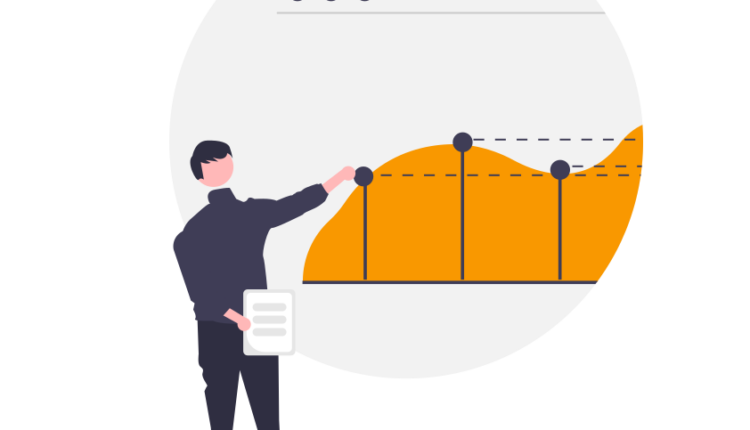Header bidding optimization is a vital part of online advertising that may help publishers considerably increase their ad revenue while also improving the user experience on their websites. In this tutorial, we’ll go over the ins and outs of header bidding optimization and provide you some best practices for increasing your advertising income.
Understanding Header Bidding
Before we get into the optimization, let’s first define header bidding. It’s a method that allows publishers to simultaneously offer their ad inventories to several demand partners. This approach guarantees that publishers receive the most value for their ad slots, resulting in higher CPMs (cost per thousand impressions).
Although header bidding has gained popularity since its inception in 2015, it is not as simple as setting it up and forgetting about it. It must be constantly monitored and tweaked to guarantee that it continues to produce ideal outcomes.
The Importance of Header Bidding Optimization
Header bidding presents two major challenges: latency and technical complexity. Latency can cause page load times to increase and ad creatives to load slowly. Technical difficulty, on the other hand, derives from header bidding implementation and maintenance.
By optimizing your header bidding strategy, you can overcome these problems and provide your users with a flawless and successful advertising experience.
Best Practices for Header Bidding Optimization
1. Think about Managed Services.
In-house management of header bidding can be time-consuming and resource-intensive. As a result, many publishers prefer managed header bidding services. These services can make header bidding deployment and maintenance easier, and they frequently provide extra capabilities that can increase your earnings.
2. Implement Server-Side Bidding
Server-side bidding can aid in the reduction of latency difficulties associated with client-side configurations. It entails making a single call that pings all bidders on the server side, which reduces ad load times and improves user experience. It is crucial to note, however, that server-side bidding can result in lower cookie match rates, which can impact revenue generation.
3. Use Novel Advertising Formats
Traditional banner ads are becoming less effective due to “banner blindness,” a condition in which people instinctively reject such adverts. Outstream video advertisements, native ads, and sticky ads are examples of innovative ad formats that can help hold user attention and deliver higher CPMs.
4. Improve Ad Layouts
Optimizing ad layout is critical for improving header bidding performance. A/B testing can assist you in determining which ad units have the highest click-through rates. Furthermore, optimizing the location and performance of your top ad units might increase your revenue.
5. Make use of Prebid as a Header Bidding Wrapper.
Prebid is a well-known header bidding wrapper that enables customization and flexibility. It allows publishers to define bidder timeouts and add yield partners to certain auctions.
Conclusion
As more publishers switch to header bidding, it’s critical to actively optimize your setup in order to boost ad performance. You may ensure a good and profitable advertising experience by focusing on ad layout optimization, new ad formats, and using the correct header bidding wrapper.
Frequently Asked Questions
Q1. What is bid optimization in header bidding?
In header bidding, bid optimization refers to the process of raising income and filling ad space by optimizing bid parameters and algorithms set by demand partners.
Q2. How does bid optimization help increase revenue for publishers in header bidding?
Bid optimization increases income by helping publishers to get the most out of their ad inventory. It also improves fill rates by addressing difficulties with non-bidding or underbidding demand sources.
Q3. What are the latest trends and developments in bid optimization for header bidding?
The employment of header bidding wrapper solutions, auction time bidding, and Server-to-Server (S2S) integration are some of the most recent bid optimization trends. It is also critical to stay current with the characteristics and algorithms of demand partners.


